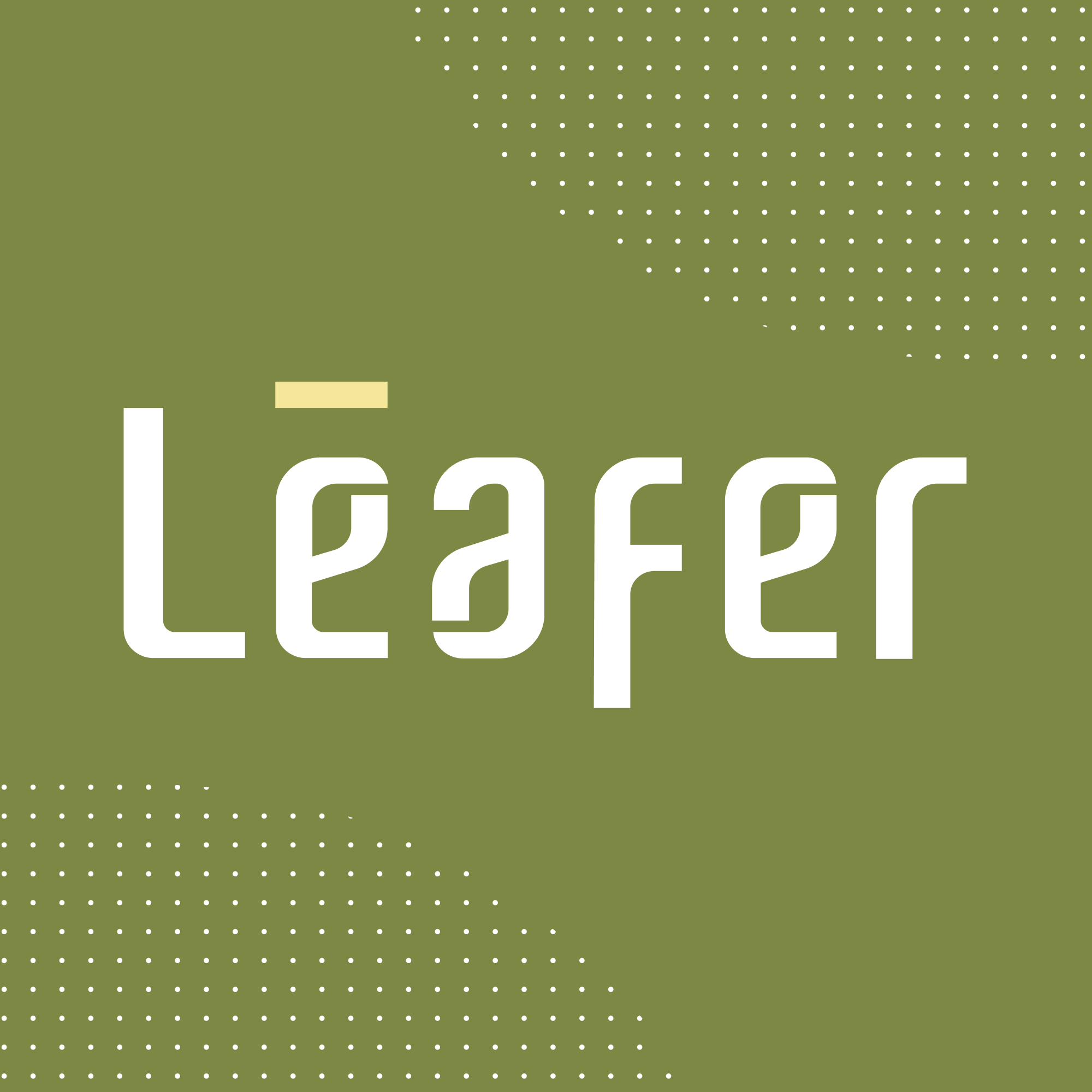An AI-assisted analysis report helps businesses build consensus and convince stakeholders.
Businesses learn about how 8 different circular business models with real case examples create sustainable profit.
The Leakage Awareness workshop helps manufacturers see the full lifespan of a key product (often for the first time)
C-BAT unites designers and businesses to work on circular economy projects.
The workshop toolkit was made to be used many times, with many parts made modular for future refinement.
-
Name of the submitted project or idea (in English or both English and your language)
C-BAT (Circular Business Accelerator Tool) 循環事業加速器
-
URL of a video introducing the work(under 5 minutes)
https://www.youtube.com/shorts/V6dwbk7FH1s
-
Detailed explanation of the submitted project or idea (in English or both English and your language)
How the project started:
As consultant designers with a decade of experience working with manufacturers, we've identified two major hurdles in their transition to circular business: finding resource leakage and convincing stakeholders of the benefits of circular economy. A method for visually exploring full resource flows was needed, along with a means to gather stakeholders and create consensus.
How the work has been received:
The previous alpha version was recognized with two A’ Design Awards: for Strategy/Service, and for Circular Economy.
Prior to beta launch, we iteratively tested several versions of the workshop with local manufacturers. They had a lot of good things to say: A 2nd generation shipbuilder said C-BAT would help similar aging manufacturers identify problems and propose solutions. A manager at a machine parts fabricator said C-BAT helped them to understand their company's problems from different perspectives. The executive assistant at an injection molding factory said that C-BAT guides people to think from different levels, helping businesses with effective sustainable development. The two managers of the shoe company said C-BAT would help to identify shortcomings during product life cycles, create internal cohesion and thinking ability, and create dialog to find feasible future business models.
Impact had/predicted:
C-BAT not only fosters internal solidarity towards circular business goals but also helps designers gain a deeper understanding of clients’ situations, paving the way for more impactful design projects.
Matchmaking designers and businesses will increase overall collaboration and cross-industry connections, which are needed to build the circular economy. -
How does your work address the 3 P’s (for Planet, for People, for Profit) for Sustainability?
Planet:
C-BAT’s Leakage Awareness Workshop helps businesses become aware of resource leakage. During the workshop, they visualize resource use through a main product’s lifecycle from design to aftersales. This includes identifying unsustainable parts and pending trouble like cost increases from scarcity and carbon tax repercussions.
People:
Most Taiwanese manufacturers are small to medium-sized family businesses. While the 2nd generation might be eager to try new sustainable ways of doing business, they face difficulty convincing parents and other stakeholders. C-BAT and the AI-assisted analysis report was created with them in mind. Requiring the presence of business decision makers during the workshop and receiving a document summarizing expected benefits empowers them and builds internal consensus, increasing the possibility of starting circular economy projects.
Current circular design consulting involves a lot of unpaid preliminary research and many rounds of business information unpeeling to gather reluctantly disclosed situation information. C-BAT provides a way for designers to not only get paid, but become familiar with the business’ situation, and gain the opportunity to quickly start on a circular economy project.
Anyone interested in circular design or consulting can sign up to become a workshop facilitator. After signing up, they have access to training materials that they can use to upgrade themselves. They also have the choice of testing and interviewing to become a certified facilitator, which also ensures quality for businesses.
Profit:
During the workshop, businesses explore 8 circular business models through the real cases of profitable companies. Then they choose a business model and apply it to their own situations. The workshop participants all praised this business-rooted focus on the value-add of circular business.
C-BAT is also win-win for facilitating designers, as they can skip the costly unpaid communication and research steps that typically occur with manufacturers. -
Keywords
#workshop #design #leakage
-
If you have a website for your submitted project or idea, please provide the URL
https://cbat.pro
-
If you have a social media account for your submitted project or idea, please provide the URL
https://www.instagram.com/leaferdesigntw
-
Special Prize Question 1: "Empowering nature to create a new loop”: How does your work strengthen or support nature’s ability to capture and convert waste into valuable resources? How does your work advance industry practices by introducing nature-positive alternatives?
-
Special Prize Question 2: “Regenerating ecosystems”: In what inspiring ways does your work contribute to the restoration and stabilization of natural ecosystems?
-
Special Prize Question 3: “Education and storytelling”: How does your work make complex bioeconomy concepts accessible and engaging?
The most common comment we received from the participating businesses was their surprise and excitement about the 8 circular business models we labeled in C-BAT. The extent of most manufacturers’ knowledge prior to C-BAT was that of environmental responsibility and recycling. By focusing on value-add/profit creation in the 8 circular business models through successful case studies, we changed their misconceptions that circular business will always result in increased production costs.
This portion of C-BAT’s workshop toolkit was designed to be easily swappable, to allow future finetuning of cases and business models. This will allow the presented cases and models to be more applicable to each business’ industry and positioning.

